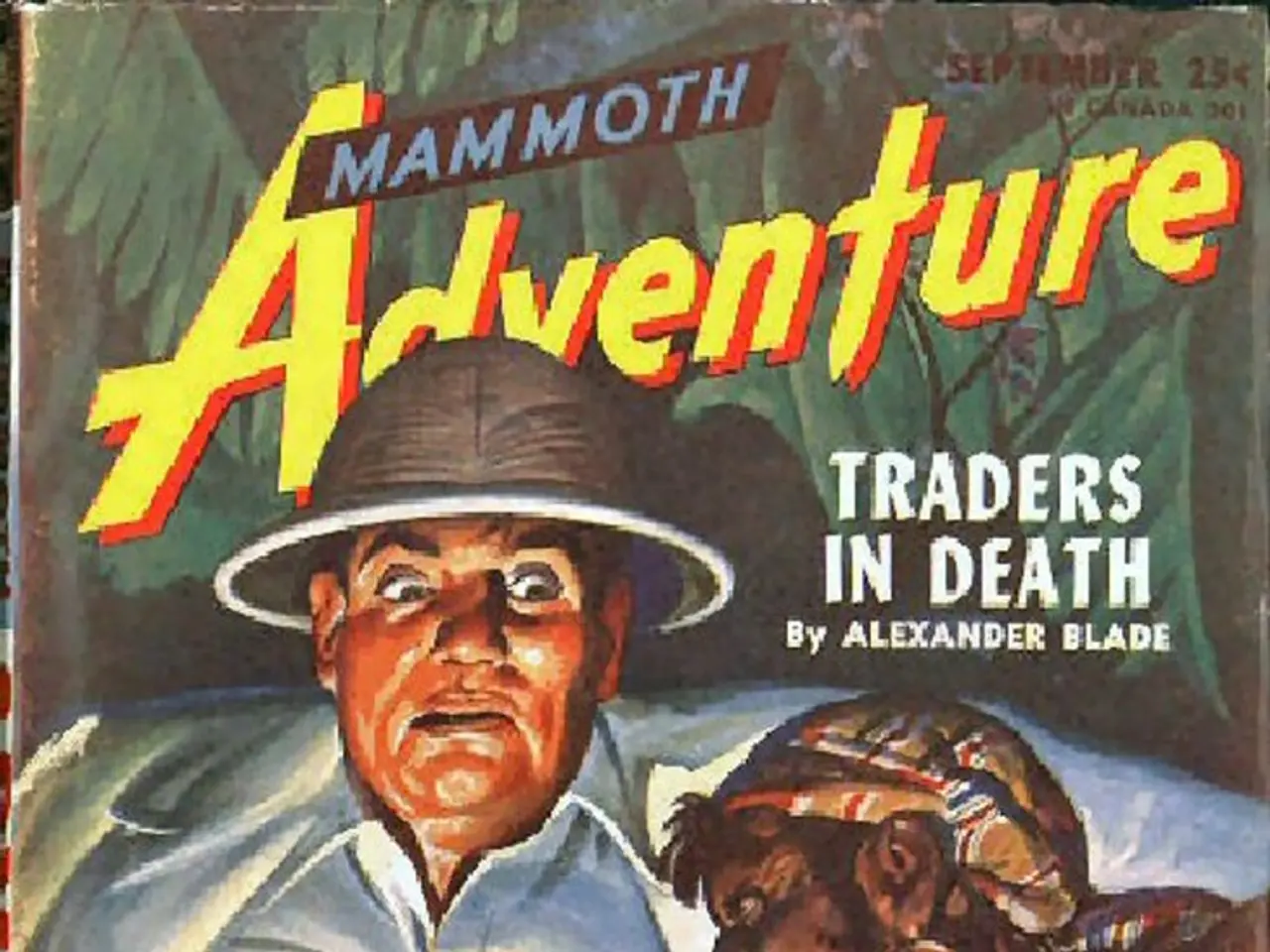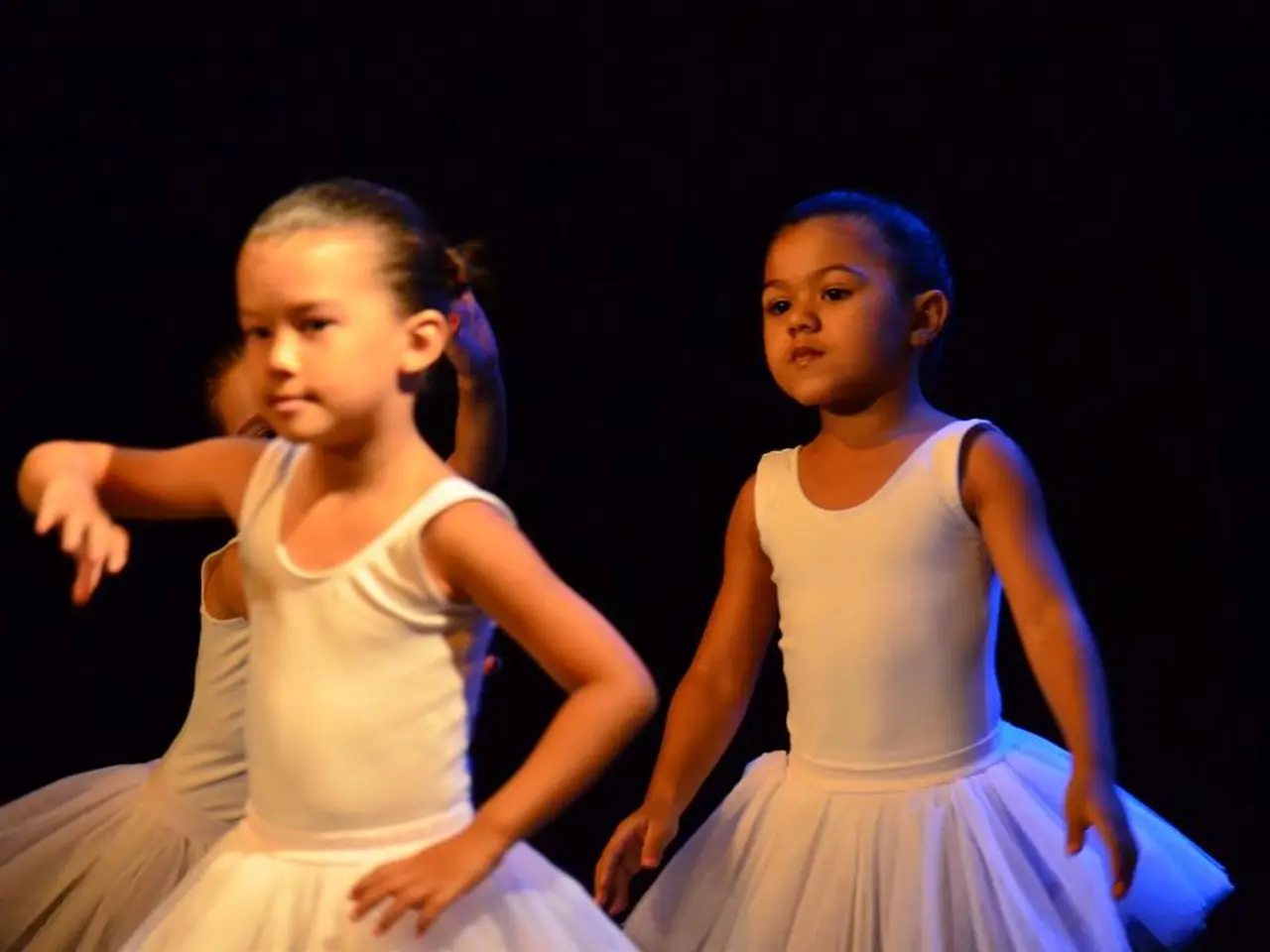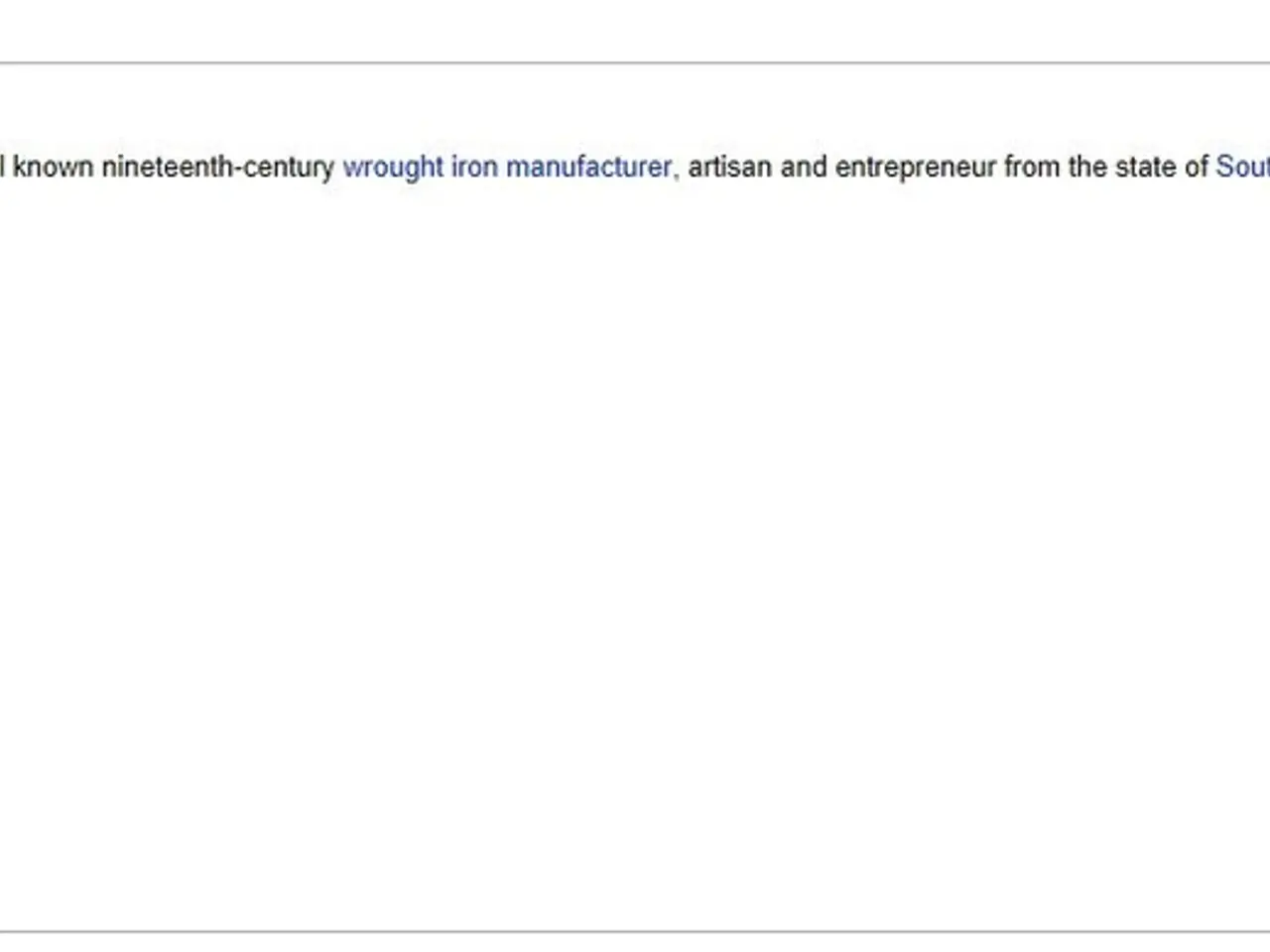Modern movies have increasingly employed symbolism, raising concerns about its complexity and potential for being lost on general viewers.
Symbolism in Modern Cinema: Engaging Audiences with Layered Meanings
The art of symbolism in contemporary cinema has evolved into a more intricate and layered form, designed to captivate a diverse range of viewers, including mainstream audiences. This sophisticated approach to storytelling uses symbolic imagery as a foundational tool to communicate complex ideas and emotions[1].
Modern filmmakers skillfully weave symbolic elements into character development and plot progression, ensuring they feel integral rather than forced[1]. By striking the right balance between clarity and ambiguity, these symbols keep the audience engaged without causing confusion[1].
Advancements in technology and storytelling techniques have enabled directors to create subtler and more nuanced symbolic content that operates on multiple interpretive levels. This sophistication is evident across both art-house films and mainstream genres, including animated and blockbuster movies[1].
For instance, films like "Inception" and "Parasite" have successfully woven intricate symbols into their narratives, enhancing themes and character development[1]. However, not all films have been as successful. Some, like "Mother!" and "The Fountain," have faced criticism for overly cryptic symbols that left viewers perplexed rather than enlightened[1].
The French New Wave introduced more abstract and avant-garde symbolism, while directors like D.W. Griffith and Sergei Eisenstein used visual metaphors during the silent film era[1]. Even in the Golden Age of Hollywood, filmmakers like Alfred Hitchcock and Orson Welles used iconic props, such as the sled in "Citizen Kane" and the birds in "The Birds," to represent deeper meanings[1].
Color schemes have been used to symbolize emotions or themes, such as the Technicolor extravagance in "The Wizard of Oz." Lighting and shadows, like chiaroscuro, were used to evoke mystery and tension[1]. Non-linear storytelling, intertextuality, and political and social commentary were also emphasized during this era[1].
In contemporary cinema, films often embed symbols that require a deep understanding of cultural, historical, or literary contexts[1]. Layered narratives and visual overload can make it harder for audiences to pick up on nuanced details, but visual and auditory cues can provide context for symbolic elements without overwhelming viewers with overt explanations[1].
Understanding the target demographic's capacity and willingness to decode complex symbols is important. Symbols should be integral to the story and not just decorative elements[1]. The goal is to create a film experience that is engaging for all viewers, regardless of their familiarity with the underlying symbolism[1].
In summary, contemporary cinema's symbolic use is sophisticated but not excessively complex for mainstream audiences; it is designed to engage viewers actively while communicating layered meanings in ways that remain accessible[1]. This approach to storytelling enriches the cinematic experience, appealing to diverse levels of audience interpretation.
[1] Source: "The Power of Symbolism in Modern Cinema" by Sarah Johnson, Film Quarterly, vol. 73, no. 2 (Winter 2020), pp. 24-37.
- In today's cinema, movie directors skillfully incorporate symbols into their films, enriching the narrative and contributing to deeper audience engagement.
- Symbolism in cinema extends beyond art-house films, as demonstrated in blockbuster movies like "Inception" and "Parasite."
- The directors of Hollywood's Golden Age, such as Alfred Hitchcock and Orson Welles, also used symbolism effectively through the use of iconic props and visual metaphors.
- Critics have praised films that use symbolism thoughtfully, providing layers of meaning while maintaining accessibility for mainstream audiences.
- Understanding the cultural, historical, or literary contexts of symbolic elements can enhance the cinematic experience, while visual and auditory cues can help bridge the gap for less experienced viewers.
- A review of Sarah Johnson's article "The Power of Symbolism in Modern Cinema" suggests that the symbolic use in contemporary cinema is sophisticated but not overly complex, making it engaging for a wide range of moviegoers.







